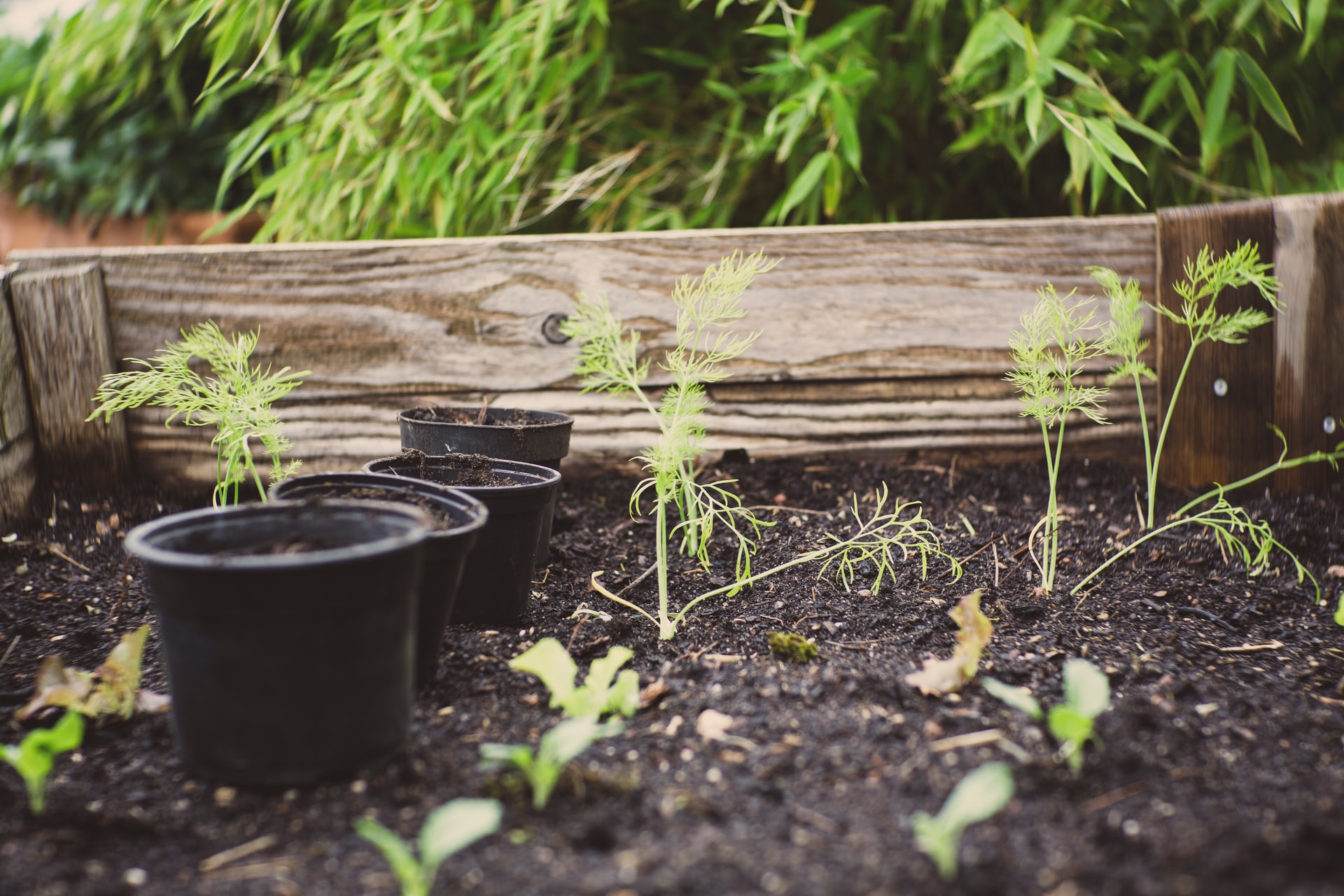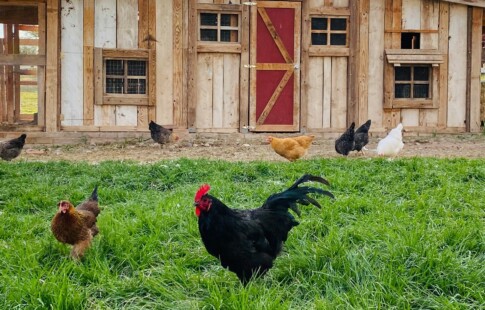
Companion Planting Guide: What Herbs Should Be Planted Together
We are reader-supported. When you buy through links on our site, we may earn affiliate commission.
Herbs are usually a beginner’s choice for gardening. Of course, while herbs are beautiful to look at and enhance your garden’s aesthetic, they also have several culinary and medicinal uses. Herb gardening is relatively straightforward — however, you’ll find that some herbs complement each other better than others. This is why gardeners should learn what herbs should be planted together before putting seeds and seedlings in the ground.
What Is Companion Planting?
If aphids, spider mites, and leafminers usually take over your garden, or certain plants die quickly, you may be planting the wrong flora nearby.
Companion planting is when two or more plants complement each other during their growing stages. Some of the benefits of companion planting include:
- Delivers natural pest control with fewer pesticides
- Improves soil fertility
- Attracts beneficial bugs and pollinators
- Provides greater yields
- Reduces plant diseases
You can practice companion planting with flowers, vegetables, and herbs. While pests may gravitate toward particular herbs and vegetables, others repel them. That’s why knowing what herbs should be planted together can enhance your garden’s health and vitality to last you the season.
Additionally, allowing your herbs to bloom fully will draw beneficial insects to tackle whatever pest control problem you face.
4 Herb Combinations for Gardening
Before planting your herbs, consider the following four pairings to promote healthier, thriving plants.
1. Basil, Tarragon, and Oregano
Mediterranean herbs tend to pair well due to similar growing requirements, and planting oregano alongside basil and tarragon may help prevent pests. Basil and tarragon are especially vulnerable to aphids, which oregano’s peppery potency deters.
2. Lemon Verbena, Dill, and Cilantro
Lemon verbena, dill, and cilantro attract beneficial bugs that prey on pests. For instance, dill and cilantro lure ladybugs, whose larvae feed on spider mites, aphids, and beetles. Tachinid flies are also attracted to dill and consume caterpillars known to destroy the plant.
3. Lavender, Rosemary, and Thyme
Three of the most deliciously potent herbs pair relatively well together. Lavender, rosemary, and thyme can be planted together due to requiring nearly identical growing conditions, such as ample sunlight and weekly watering. Rosemary and thyme are also bug and worm repellents and will protect your other herbs from pest infestations.
4. Parsley, Sage, and Chives
Parsley is a versatile herb that you can plant with just about anything. Sage and chives are just two of the many possibilities for companion planting with parsley, while you might also stick it near rosemary, thyme, lemon balm, lavender, or basil. Just be sure to separate parsley from mints, as their aggressive growth patterns usually hinder parsley’s blossoming.
Herbs That Prefer to Grow Alone
Some herbs don’t particularly play well with others. For instance, mints tend to be invasive and you should always try to contain them — the Farmer’s Almanac recommends planting mint herbs in a 10-inch pot with proper drainage. If you’d like, you can always place the pot into a hole in the ground.
Fennel is another herb that grows best on its own, particularly since its strong aroma and chemical composition may influence the flavors of nearby herbs.
Otherwise, herbs may have different care requirements, such as irrigation and sunlight conditions. Herbs are usually categorized into four groups, as follows:
- Moisture-loving Mediterranean: Requires frequent rainfall, watering and irrigation to maintain soil moisture — examples include basil, dill, parsley, and tarragon.
- Dry-loving Mediterranean: Prefer sunlight and proper drainage — include oregano, lavender, thyme, rosemary, and marjoram.
- Lemon varieties: Pairs well with all herbs except parsley and should grow alongside plants with similar soil, sun, and watering requirements.
- Mint varieties: Best planted individually, including separating mint varieties from each other.
Planting opposing herb categories together could lead to over-watering, drying out, or more pests. As such, knowing which herbs don’t get along is just as critical as knowing which varieties complement each other.
Additional Tricks for a Thriving Herb Garden
Companion planting is only one way to create a thriving garden. Of course, even companion planting is sometimes not enough to tackle other challenges herbs typically face.
For instance, spider mite infestations can wreak havoc on verbena and parsley, with females capable of laying 300 eggs every three to four weeks. Additionally, herbs are susceptible to root rot without well-drained soil.
Fortunately, you can try plenty of things to mitigate pests and improve soil conditions for your herbs. Start with composting to enrich soil nutrients and balance pH levels for optimal growth. If you decide to pot your herbs, consider mixing the soil with rocks or adding a layer of pebbles to the bottom of the pot to improve drainage.
When it comes to pest control, avoid using pesticides, especially since pests may grow resistant to and survive the chemical compounds, passing immunity on to their offspring and creating more widespread infestations. Instead, use natural remedies, such as rosemary oil extract or neem oil spray.
Know Your Herbs’ Friends and Foes
Understanding which herbs get along and which do not can help you create a beautiful herb garden with all your favorite seasonings. Knowing what herbs should be planted together can make growing and maintaining your herb garden much more manageable, too.
Share on
Like what you read? Join other Environment.co readers!
Get the latest updates on our planet by subscribing to the Environment.co newsletter!
About the author
Rachel Lark
Rachel serves as the Assistant Editor of Environment.co. A true foodie and activist at heart, she loves covering topics ranging from veganism to off grid living.





